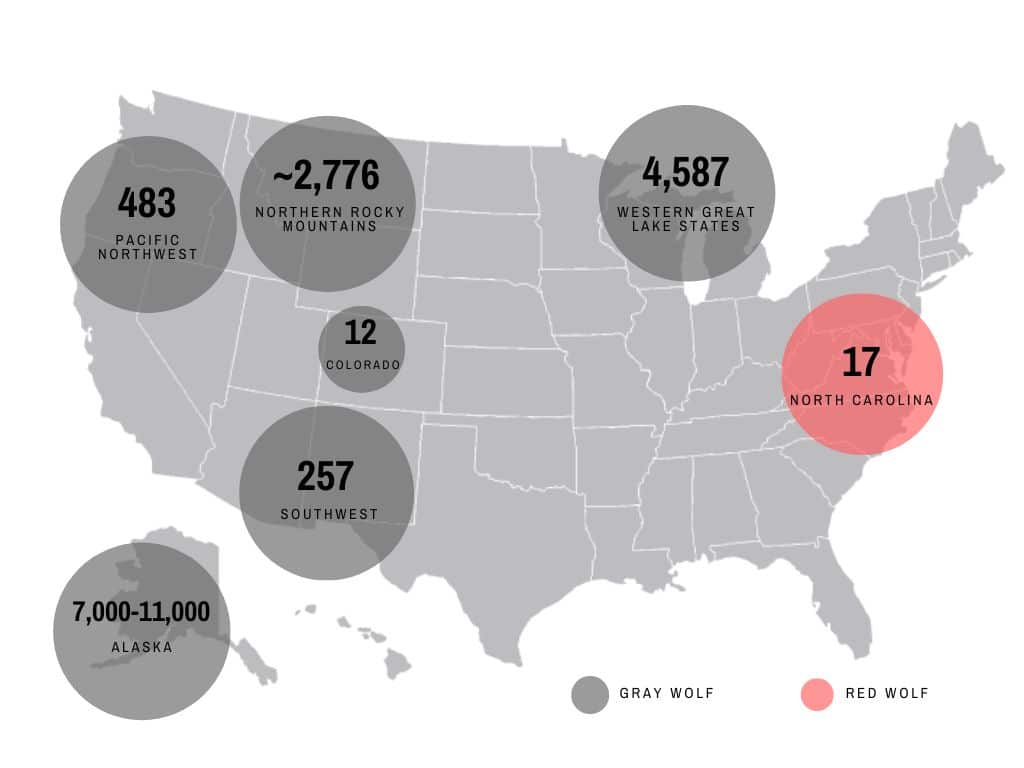In 2020, wolf reintroduction into Colorado was agreed by the human population there, while this happened in December of 2023, the nearest wolf population lies around 400 miles north in Wyoming, and this is a distance that is easily covered by wolves. As a result, some wolves have turned up on their own.
Around the beginning of September this year, it was decided to move the pack, to halt hunting of livestock that the pack was doing (though generally hunting of livestock is at very low levels). Unfortunately, the male of the pack was killed in the attempt. Given that wolf packs generally contain a breeding pair, and their offspring (cubs and older offspring often from the year before), the female cannot pick another mate from her pack, as they are often all her cubs. The capture of the wolves for translocation, occurred through leg traps, which in this individual became infected and caused the death. A second of the moved wolves has died, after a suspected fight with a mountain lion.
The cubs are intended to be released in the winter, when they are old enough to hunt for themselves, though the fate of their mother is yet to be decided.

This gives an idea of the recovery of wolves around the USA. One thing to note, is that even Alaska has a wolf population that is very similar to the rest of the USA.
It should be noted, that the red wolf is a separate species. Genetic analysis has found that the red wolf has both grey wolf and coyote DNA, but is to distinct to be classed as a subspecies. The map above only lists 17 red wolves in the wild (other sites suggest 17-19). They were reintroduced in 1987, and while their population did grow to roughly 150, hybridization with local coyotes, meant that the population has since collapsed once again. There are an estimated 290 red wolves in captivity, and there has been action taken to remove coyotes in areas where they species were meeting – and people are working towards releasing more red wolves into its range.
Of interest, the Southwest wolf numbers are also known as the Mexican wolf. There are a further 45 across the border in Mexico. This population was thought originally to number in the several 10s of thousands (though given the USA population was estimated at between 250,000 and 2 million both have suffered horrific declines).
As with Europe, the recovery of the wolf is requiring people to learn to live alongside an incredibly wily and potentially dangerous species. However, wolves play important roles in the natural environment, and their return should be seen as a good thing. While occasional culls are necessary, these should be decided on scientific basis, and not at the whim of state politicians, who often choose unscientific culls because it is a vote winner. Many argued against delisting, as the wolf population is below 4% of the historic population (and excluding Alaska, below 2%) but Donald Trump rarely worried about science. What is going to happen to wolves now, as he has been returned to the white house for a second term, we will have to wait and see.











